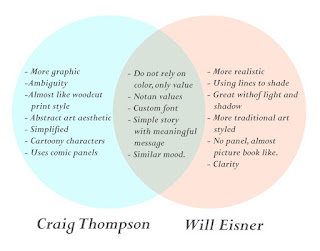Response on Underground Comics
The Gay Comix was very interesting because all the stories in the book are written by lesbian, gay, or bisexual artists. I feel like it was especially valuable considering the time period when it was produced. At the time, people with other sexualities are very often being looked down upon and marginalized, but this comic gave them a chance to express themselves and their stories underground, free from the rules and judgements. It helped to give me a better understanding of peoples' lives as being gay. One of the comic talked about having sex and struggles between the black and white race. While I was reading, I noticed that the black characters are not as stereotyped as within the above ground comics. They are being portrayed as characters with their own personality and appearance rather than a common caricature of a black figure. To me, it seems like the artists focused on the characters’ story and feelings more than their color of skin or gender. I think this might be bec...
